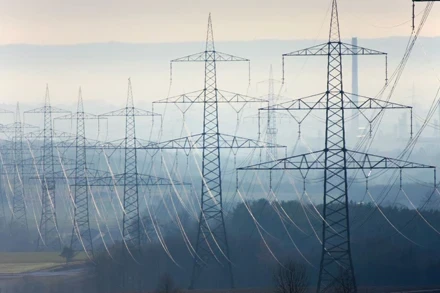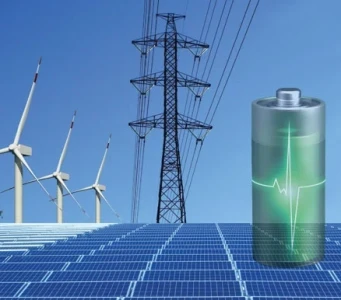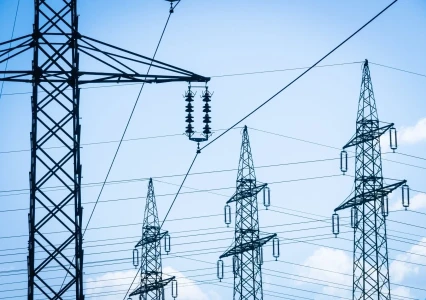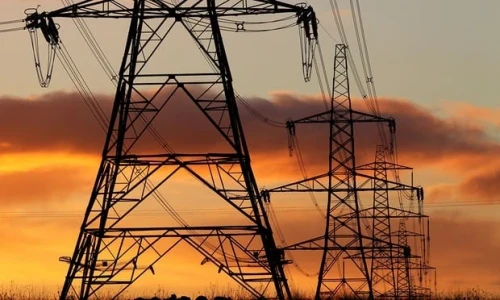The End of the Road for Transmission Incentives

In a significant shift, the Federal Energy Regulatory Commission (FERC) has decided to abandon its transmission incentives policy, particularly the construction work in progress (CWIP) incentives. This decision marks a pivotal change in how transmission projects are financed and regulated, potentially impacting stakeholders across the energy sector.
Historically, transmission incentives, including CWIP, were designed to encourage investment in the nation's aging and overburdened transmission infrastructure. By allowing utilities to recover costs during the construction phase, FERC aimed to reduce the financial risk associated with large-scale transmission projects. The incentives were intended to stimulate the necessary upgrades and expansions to maintain grid reliability and integrate renewable energy sources.
However, recent developments have led FERC to reconsider the effectiveness and necessity of these incentives. A prominent case in point is the abandonment of transmission incentives for PSEG’s transmission project within the PJM Interconnection region. This decision underscores a broader reassessment of the incentive structures that have been in place for years.
The Rationale Behind the Decision
FERC’s decision to abandon the CWIP incentive policy reflects growing concerns about the effectiveness and fairness of such incentives. Critics argue that these incentives can lead to inflated costs and financial imprudence, as utilities might have less incentive to control costs or optimize project efficiencies. Moreover, there is a concern that CWIP incentives contribute to higher electricity rates for consumers, as the costs of these projects are often passed on to them.
The decision also aligns with a broader regulatory trend towards increasing scrutiny and accountability in utility investments. There is a push for a more performance-based approach where incentives are tied directly to outcomes such as reliability improvements and cost-effectiveness, rather than simply reducing the financial risk of project development.
Implications for Stakeholders
The abandonment of CWIP incentives will have several implications for various stakeholders in the energy sector:
-
Utilities: For utilities, particularly those that were planning significant transmission investments relying on CWIP incentives, this change introduces uncertainty. They will need to reassess their investment strategies and possibly seek alternative financing mechanisms. The shift could potentially lead to delays in transmission projects as utilities adjust to the new regulatory environment.
-
Investors: Investors in utility infrastructure projects might face increased risks and potentially lower returns. The absence of CWIP incentives could make transmission projects less attractive, affecting investment flows in the sector. This shift could also lead to increased scrutiny on the cost management and operational efficiency of transmission projects.
-
Consumers: On the consumer side, the removal of CWIP incentives could have mixed effects. While it might help avoid cost overruns and inefficiencies that could lead to higher electricity prices, it could also slow down necessary infrastructure improvements. This delay might affect grid reliability and the integration of renewable energy sources, potentially impacting electricity prices and sustainability goals in the long term.
-
Regulatory Bodies: The decision reflects a broader regulatory trend towards performance-based incentives and increased scrutiny. Other regulatory bodies and jurisdictions might follow FERC’s lead, leading to a reevaluation of incentive structures across the energy sector. This could result in a more rigorous assessment of how incentives align with broader energy policy goals, such as enhancing grid reliability and supporting clean energy transitions.
Future Outlook
Looking ahead, the energy sector will need to adapt to this regulatory shift. The focus will likely move towards developing new mechanisms to support transmission investments while ensuring cost-effectiveness and reliability. Performance-based incentives and innovative financing structures might emerge as alternatives to CWIP incentives.
Furthermore, the transition away from CWIP incentives presents an opportunity for stakeholders to explore more sustainable and efficient approaches to transmission infrastructure development. Enhanced transparency, cost control measures, and outcome-based incentives could play a crucial role in shaping the future of transmission investments.
In summary, FERC's abandonment of CWIP transmission incentives marks a significant regulatory shift with broad implications for utilities, investors, and consumers. As the energy sector adjusts to this change, the focus will likely be on finding new ways to balance investment encouragement with cost management and operational efficiency.









